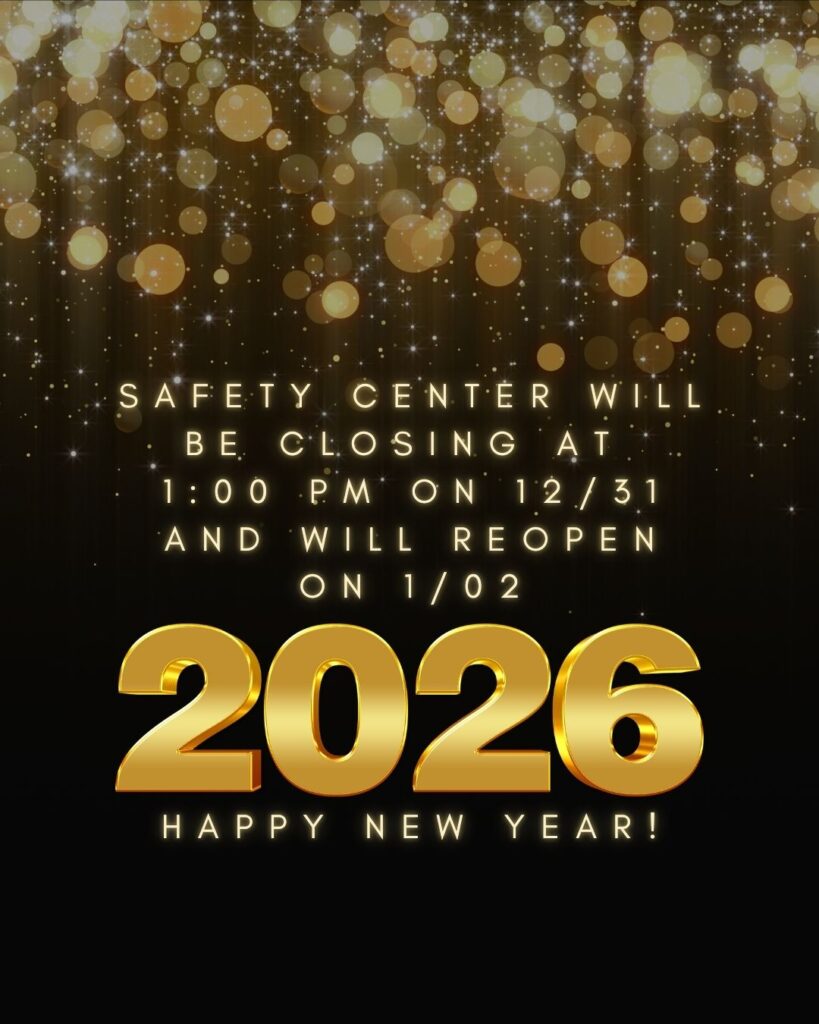Bob Lapidus, CSP, CSMS
Safety management isn’t just for preventing occupational injuries and illnesses. It’s also for preventing all kinds of losses that pose a threat to our organizations. One such threat is losses from our vehicle fleets.
When your employees are driving your organizational vehicles, do you know how they are driving?
This past year, I was involved in seeking a way to enhance the safety of a three-vehicle bus/van passenger fleet including learning how our drivers are operating our vehicles.
Our group of volunteers in a non-profit organization came across a device that records information about each vehicle’s operation. The system records ignition on and off, drive time, speed, stops, distance traveled, and other data such as location. We know these records represent knowledge that we can use to improve the management of our fleet and drivers.
A month ago, one of the vehicles in our fleet was involved in a horrific collision where the operator of a pickup truck lost control of his vehicle, crossed over four lanes of traffic and struck our vehicle in the left front corner. The highway speed limit in that area was 75 mph. Using our in-vehicle monitoring system, we know our driver was driving at 62 mph, a good 13 mph below the speed limit.
In attempting to help out at the accident scene, four of our people drove to the site. The lead driver, a volunteer, drove his own vehicle, while an employee drove one of our other vehicles. The volunteer thought they had to get to the scene quickly and drove above the speed limit. The driver in our organizational vehicle thought he had to keep up. Our in-vehicle recording monitor recorded his speed at 81 mph in an older Ford Econoline Passenger Van, a vehicle not designed for such speeds.
With that knowledge, the employee was reprimanded. We are glad to have this device in our vehicles. In our case, it is a Fleetmatics monitoring system. Other companies make similar devices.
What’s interesting is that airbags in modern vehicles have black boxes. According to information from a St. Louis law firm:
The term black box generally refers to an electronic device that monitors and stores information about vehicle operation, including the operation before, during, and after a collision. The black box resides in the vehicle’s Electronic Control Unit (ECU), which controls the air bags. Black boxes are formally referred to as crash data recorders (CDRs) or event data recorders (EDRs).
Most vehicles are now equipped with EDRs, which record and provide a variety of information. The specific information recorded depends upon the vehicle manufacturer, but often includes information concerning speed, brake use, seat belt use, and the time of air bag deployment. In addition to being used in cars and trucks, EDR usage in planes and trains has been longstanding.
Several manufacturers now use these black boxes voluntarily. Generally, if a vehicle is equipped with an air bag, important crash information likely is recorded.
Black boxes do not provide written information as to exactly what was occurring at the time of an accident. Instead, their information is stored in binary code (as sequences of zeroes and ones). As a result, it’s important that a technician be hired in order to understand the black box data. Experienced technicians can also be valuable for providing information concerning the validity of black box data, as often events can occur or other matters that may exist that affect the accuracy of the data. This experience is crucial when defendants try to exclude black box evidence at trial.
We didn’t have to worry about checking the black box in the airbag system and trying to decipher the information. Our vehicle monitoring system immediately gave it to us in black and white.
Another vehicle monitoring device is an in-vehicle video camera that records what happens in front of a vehicle and also onboard.
I regularly fly into Sacramento International Airport and rent a car. To get to the rental car lot, customers have to take a shuttle bus. In the old days, shuttle bus drivers got going with jack rabbit starts, drove fast around curves and frequently jostled passengers.
Not today. The shuttle bus companies installed Smartcam or Drivecam devices that continuously record what is happening in front of the bus and on the bus. It only saves the recordings if there is an event such as an accident, a sudden jack rabbit start, a quick braking action, or even a manual turn on of the recorder by the driver. Management (normally someone who manages the fleet or the manufacturer of the devices) checks the systems on each vehicle every night and reports events to the shuttle company’s management.
Once the drivers were trained on what these devices were capable of doing, jack rabbit starts disappeared, and the drivers started to operate their buses as if they were piloting 747 passenger jets. They smoothed everything out and became cautious and calm drivers.
Traffic accidents pose a huge potential financial loss to organizations and severe injuries to the people involved. Anything we can do to prevent such tragedies and make our vehicle fleet and its drivers safer will go a long way to helping us properly ensure vehicle safety management.
For More Information:
Go to www.safetycenter.org for more information about Safety Center’s Safety Management Specialist Certificate.
After completing this nine-day program, graduates may take the exam to achieve the Certified Safety Management Specialist (CSMS) designation. Recipients of the CSMS receive a beautiful plaque and become part of an elite group of safety specialists who have achieved this recognition. Once this certification is attained, successful candidates keep it for the rest of their lives without any additional requirements or fees.


